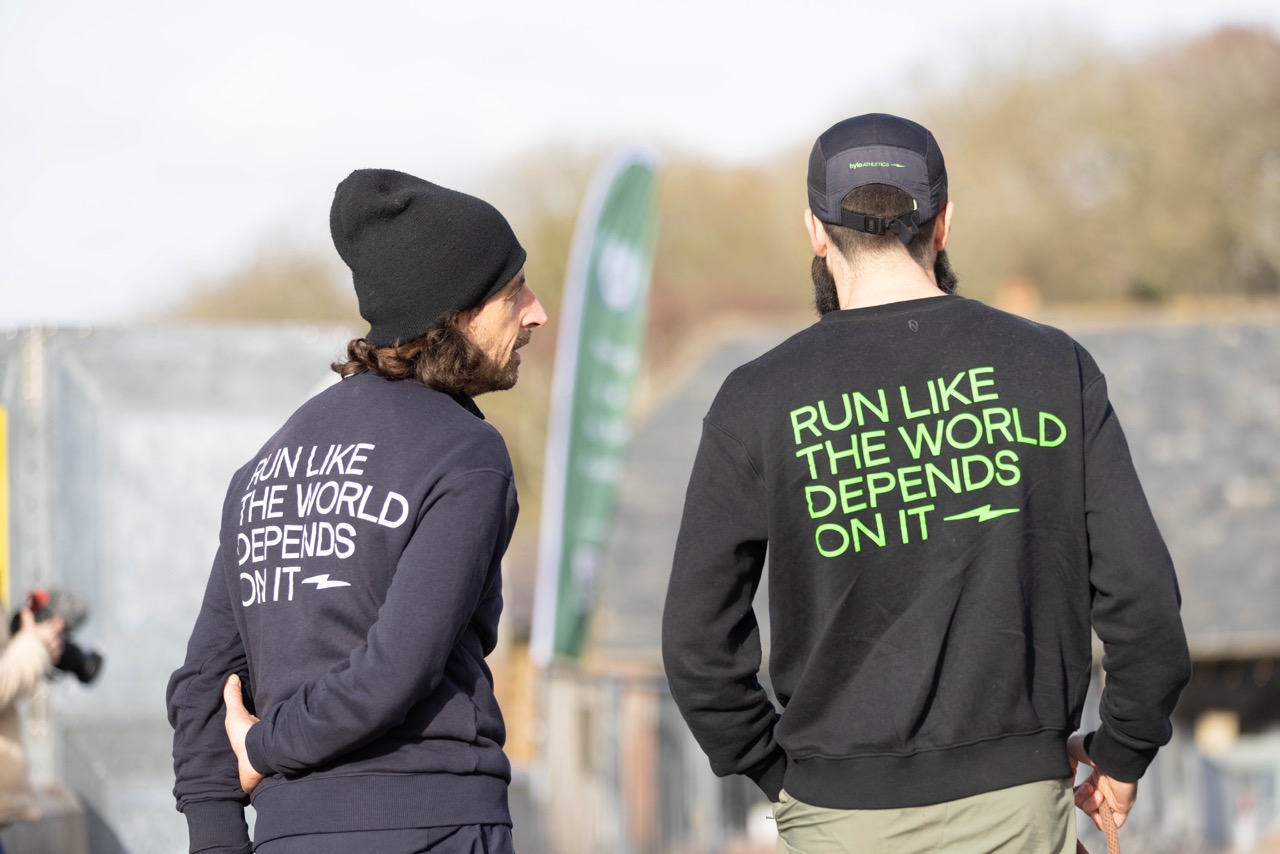Races and events are an integral part of running for many people. They provide us with goals and motivation to lace up our shoes on a wet, dark day or to head to our local running club’s training night.
However, events are also responsible for a number of impacts on our environment, such as erosion and damage to natural habitats, creation of single-use items, and huge carbon emissions from participant travel. Ourea Events – organisers of the famed Skyline Scotland, Great Lakeland 3 Day and Northern Traverse Events in the UK – stated in their 2021 Sustainability Report that 67% of their overall emissions stem from participant travel (also known as Scope 3 emissions). And that is before we even get onto the idea of international marathons and fossil-fuel sponsorships of many other events!
At The Green Runners, we love the community and excitement events bring to us, but want them to be even better by being a lot less naff for our planet and more sustainable. Still – we know it isn’t easy!

Our co-founder, Darren Evans, organises the Longbridge 100 Backyard Ultra. This gruelling race in East Sussex is based on the infamous Big Dog’s Backyard Ultra in the USA – brainchild of evil genius Gary “Lazarus Lake” Cantrell. Darren has made it his mission to make the event have as little impact as possible on the environment. Here shares his experience of the inaugural event, and the challenges and the opportunities of making epic, planet-friendly events.
Q: Explain the format to the Longbridge 100
The Longbridge 100 Backyard Ultra is a standard backyard ultra but has one of the highest elevation gains in the world for this format at 623ft per loop. We wanted our Backyard Ultra to be more challenging than the elevation of the South Downs Way 100 (12,000ft) to be used as not only a Backyard Ultra race, but a training opportunity for runners wanting to do the SDW100. It’s ideal for trialling distance, nutrition and hydration in a safe environment (aid station every 4.167 miles).
This year was the inaugural running of the Longbridge 100, but we also have a Summer version on the 21st June (solstice weekend).
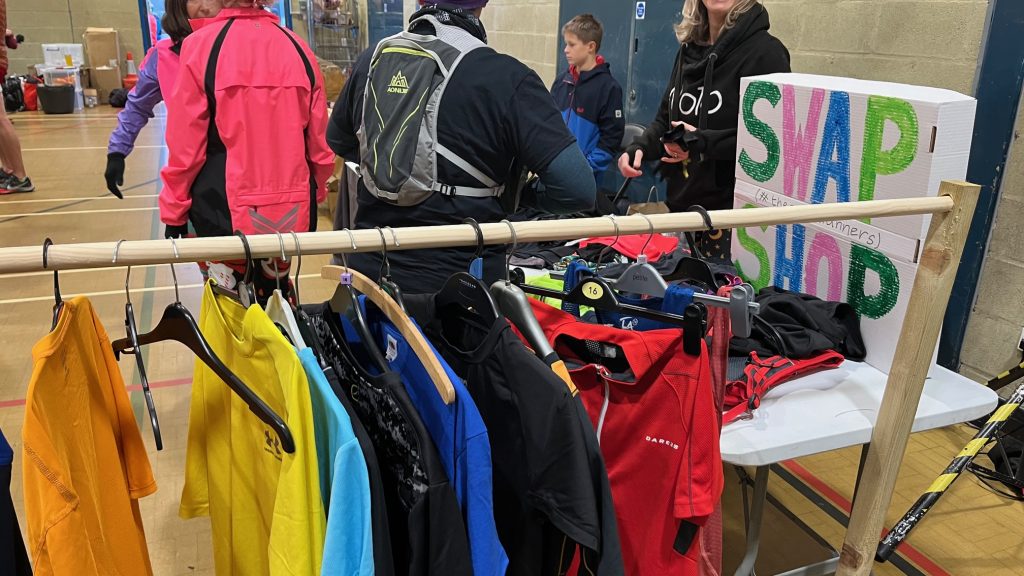
Q: Why did you choose the loop format of a Backyard Ultra?
I love point to point races but I prefer looped events as they are easier to organise and have less carbon impact. A point to point often requires a few aid stations, marshals spread along the route, vehicle bag drops and often (for the longer distance) a crew that use vehicles to support their runner. Loops often require a fraction of aid stations, less marshals and no crewing.
The Backyard offers distance, one aid station, and the few marshals can be local to the area.
Q: Sustainability is a big focus for you in this event. What did you do this year to make a difference?
As this was our first year, I took some of the practices I have used in my other races (The Rathfinny Runs, which we are now in our third year of organising). The Rathfinny Run is held on a B-Corp vineyard in East Sussex and we wanted to ensure we focussed on sustainable practices which included:
- All course signage borrowed from local running club. All secured with reusable cable ties.
- Recycled slate medals with preloved trainer laces instead of ribbon.
- No plastic bottles, single use plastics and cupless.
- Aid stations had zero wrapped products. Bananas, Melon, Nurhu bars etc. All food was composted.
- Trophies made out of reclaimed wood by a local carpenter.
- Shuttle bus transfers from local train stations to support runners wanting to catch the train.
- Cars with 2 or more runners were free but single use were charged £10 for local charity.
- A shrub was planted within the vineyard to help local biodiversity and ecology.
At the Longbridge we added a recycling wall for runners to use. We had three pallets with recycling bags attached to it for tin cans, glass bottles, plastic bottles, cardboard, plastic bags, crisp packets, and other food packaging.
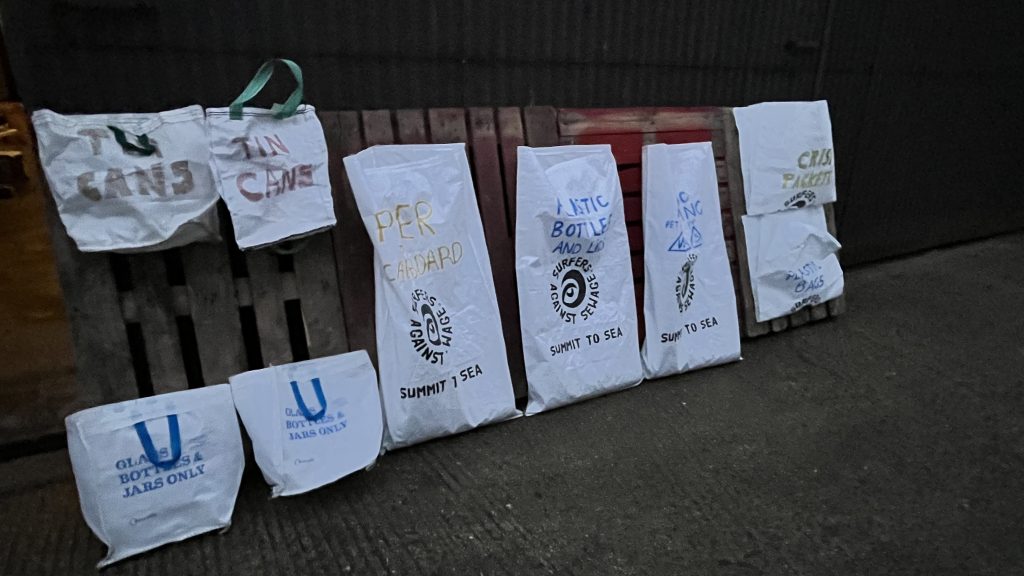
Q: What are some of the biggest challenges you came across? What opportunities exist?
We adopted most of the Rathfinny elements in to The Longbridge 100 but there were still opportunities especially with waste and recycling. Runners still want to bring all their hydration and nutrition that they are used to and, as runners, we all tend to overdo this (too much) which leads to a lot of potential waste being generated. I would say the education of what can be recycled needs to be promoted better as it’s still quite confusing.
Public transport is still an issue for runners getting to races. As Race Directors, we need to offer the option of station pick-ups and plan race start times that enable runners to have enough time to travel to a race. It’s also an opportunity for new races to think about whether they can start and finish a race next to a train station.
I think Race Directors need to communicate sustainable transport options front and centre to participants and even provide that transport where it is lacking; make waste disposal simple and clear for participants; and create incentives for car sharing or even bursaries.
Q: What do you hope Race Directors will take form what you’ve tried at Longbridge?
We are by no means perfect, but I have learnt a lot over the last 3 years by being part of The Green Runners. My hope would be that RD’s (for existing and new races) think about their impact on the environment and make sustainability a priority, and not just a paragraph on their registration page. We can all learn from each other. I really believe that runners want to do the right thing and as organisers I believe we need to facilitate that.
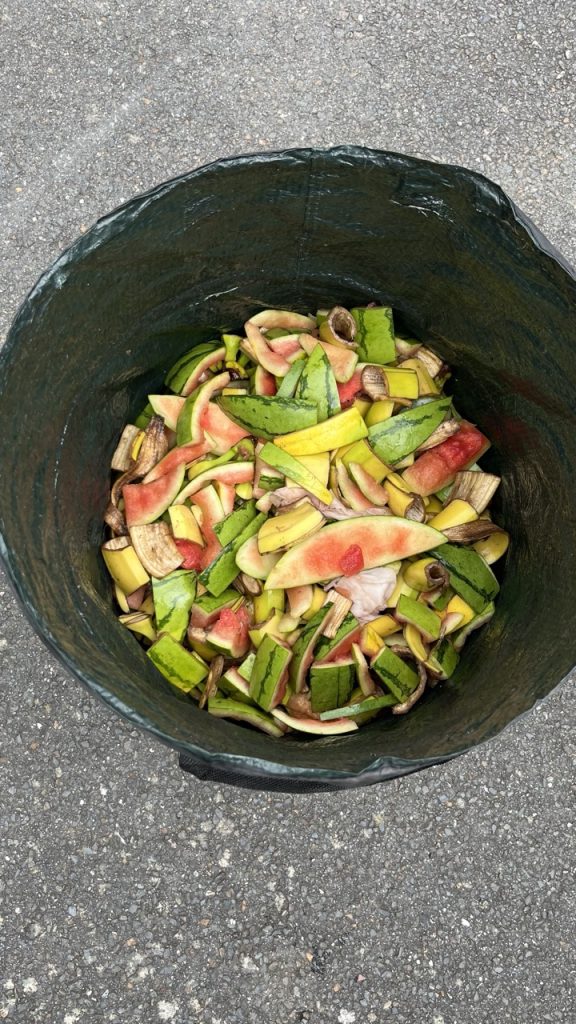
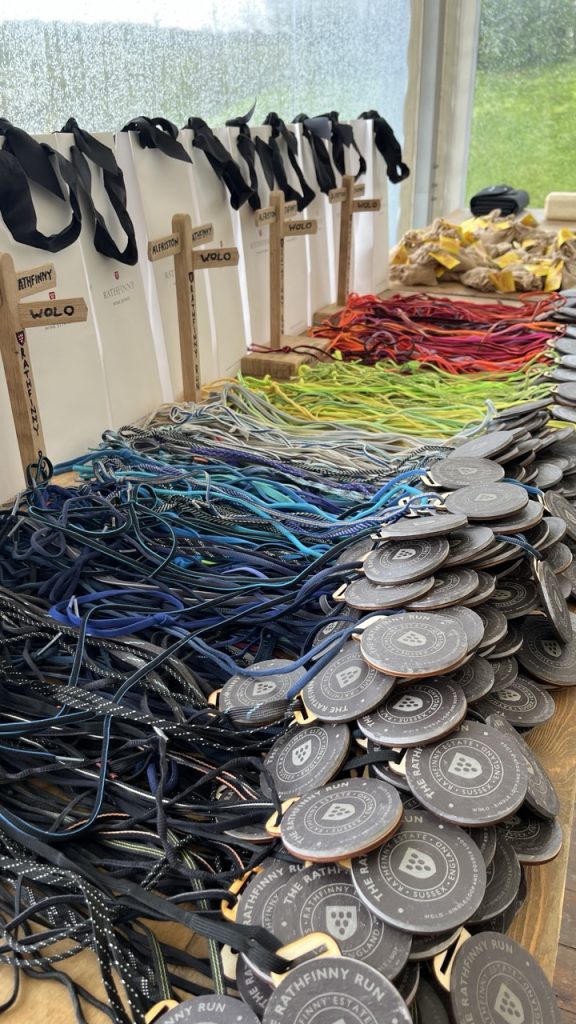
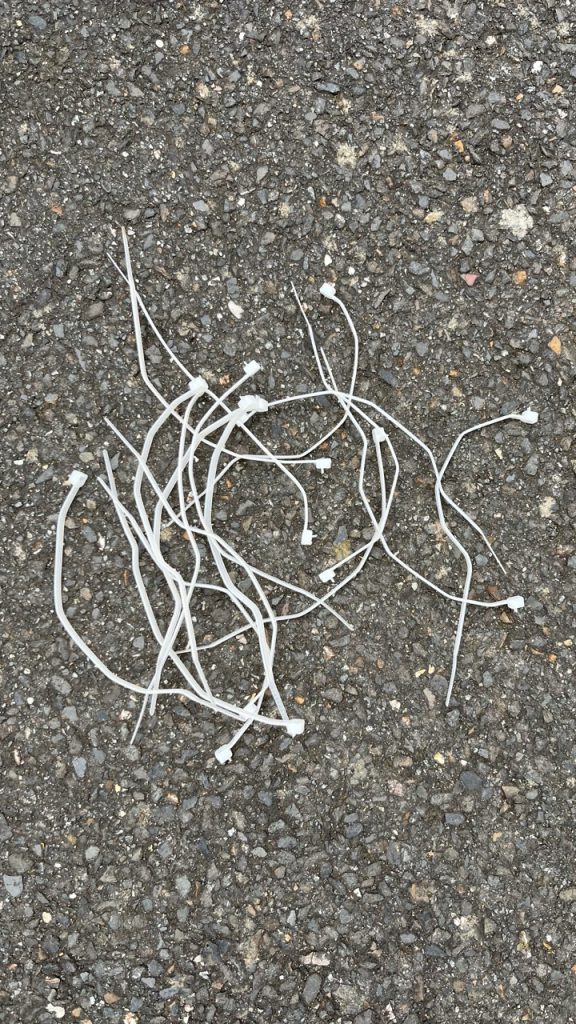
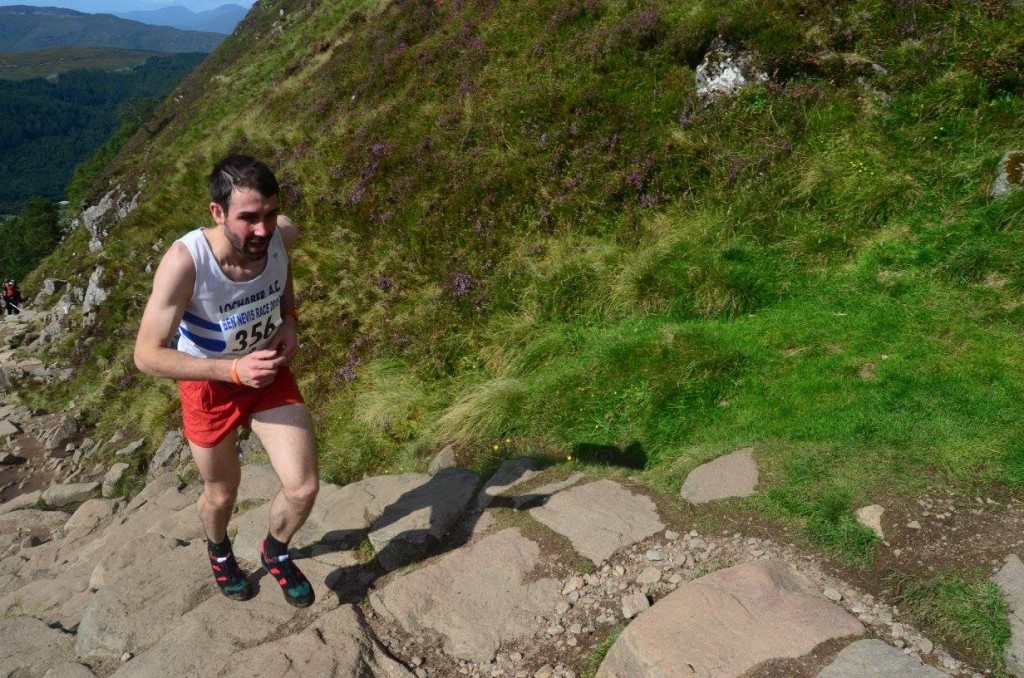
Read our interview with Scottish hill runner Finlay Wild on how to be more sustainable with the events you are attending (and which he is winning!)

